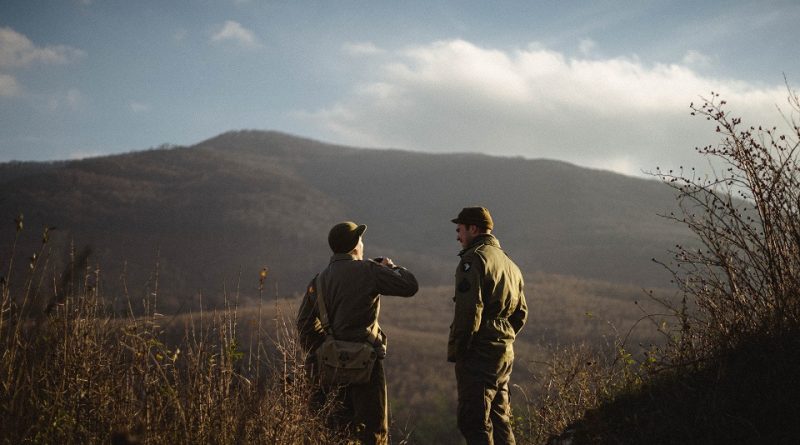How to Buy Hunting Land
Considering buying hunting land? Here are some tips on things to look for.
Location
When it comes to where the hunting land is located, it is important to set restrictions. It should ideally be out of the city but within reasonable driving distance from your home. Travel time should be a consideration when determining what you’re willing to pay for the land. It is more preferable to spend more of your time hunting than journeying and from the area.
You should aim for a travel time of 3 hours or less. That will allow you to leave very early in the morning, arrive around daybreak, enjoy a long day of hunting, and travel back home before the end of the day. It is especially appropriate if there’s nowhere to stay on the land. It is also important to consider proximity to lodging facilities like motels and hotels for the times when you want to stay overnight.
Type of Hunting Land
The terrain is a key consideration, especially if you are planning to build a cabin or bring a camper set on the property. You require at least one dry, level area to place it and the spot should be easily accessible too. If you can find a decent location close to the road, you won’t easily intimidate wildlife while entering and exiting the area. Take note of trees that can accommodate tree stands as well as open expanses where deer can feed.
Observe the properties adjacent to the one you want to buy. Introduce yourself to the owners and ask questions. People are usually happy to provide information that will be of help to you. Learn about their hunting behaviors, whether they practice effective deer management practices, whether they allow rifle and/or bow hunting, etc. Find out whether there’s public hunting land close by. It is advisable to forge a positive relationship with your neighbors and make sure that you share similar thoughts regarding hunting habits and the management of the property.
Hunting deer might be your primary reason for buying hunting property, but there could be turkey, ducks, and other wild game in plenty that could also offer excellent hunting opportunities. You may also want to investigate other outdoor activities that you love and how you can factor them into your buying decision. A pond or lake offers a great opportunity for fishing when it isn’t deer season. Birding and camping are other fun pastimes that you can partake in at any time of the year and involve your whole family.
Do Deer Reside on the Property?
You need to find out whether deer only pass through the property or they reside there. Check for deer trails along with scat and buck scrapes. Get permission to set up some trail cameras before buying the property to have a better idea of what to expect before you make a final buying decision according to Surplus.net who often sell such land.
Is Water Available
Having a convenient water feature on the property is ideal, but this isn’t a complete necessity. If neighboring land has water, that’s usually sufficient for the purpose of hunting. Ponds or streams are welcome benefits, however, since there won’t be any need to put in a water source. If water isn’t available, consider the cost of adding a well or pond to the purchase price.
Available Food Sources for the Local Wildlife
The survival of deer obviously depends on the availability of food and water. Look over the trees available on the property. Whitetail deer love woody plants evident throughout the year, brushy vegetation, leafy vines, as well as trees with overhanging branches. The vast majority of deer eat this type of plant life.
Are there fruit bushes and trees? Examples include nuts such as hickory, acorns, pecans, along with berries and other fruits such as apples, blackberries, blueberries, and persimmons. Deer also love eating weeds and non-woody flowering plants as well as grassy vegetation. Based on this availability, it is possible to determine the number of food plots to add and the ideal locations to put them.
Shelter for Deer and Other Prey
Shelter, in this case, refers to the refuge for the deer. Deer need cover during the day for protection so that they can rest without fear. Areas with tall grass, swamps, thick bush, or pin trees are just perfect. Obviously, you can always cut a small group of trees, leaving stumps about 4 feet in height, to provide areas for deer to feel safe during daylight hours.
Final Thoughts
Investing in your own hunting land can be incredibly rewarding and a great investment for you and your family. With a bit of advanced research and planning, you can be confident about getting the property you want and will use for a lifetime of memories.
Originally posted 2021-09-29 08:40:42.

